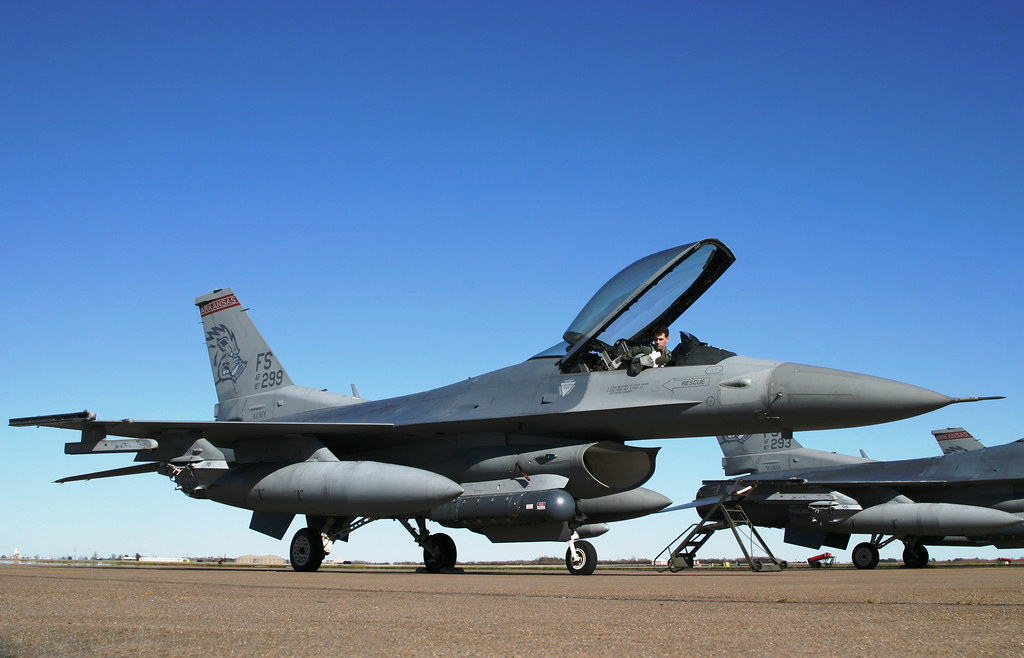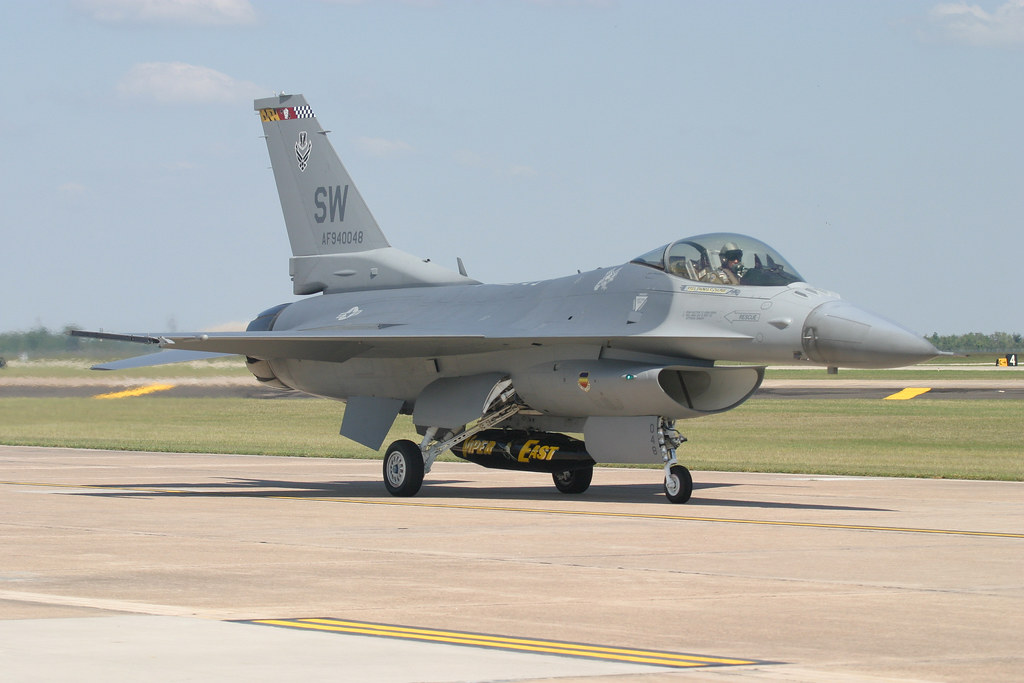
In a gripping turn of events, an F-16C fighter jet belonging to the United States Air Force experienced a catastrophic power failure, resulting in a terrifying crash in South Korea in May 2023. The aircraft, assigned to the 80th Fighter Squadron stationed at Kunsan Air Base, was engaged in a routine training exercise when the power failure occurred, causing the pilot to lose control amidst dense clouds and unreliable flight data.

The pilot, flying as the second aircraft in a formation of four, displayed remarkable bravery by ejecting from the F-16 just before it plunged to the ground on the morning of May 6, 2023. Despite the harrowing experience, the pilot sustained only minor injuries, ensuring his survival.

This swift decision allowed him to communicate his safe ejection to his fellow pilots via the messaging platform Slack shortly after landing, confirming his escape from the stricken aircraft.

The accident, which took place shortly after the jet took off from Osan Air Base, involved a series of unfortunate events. First, an electrical failure led to a “cascading failure or restart” of the pilot’s primary flight and navigation instruments.

According to the accident investigation report, this issue was compounded by the fact that the jet failed to alert the pilot to switch to the standby display.

Instead, it provided mismatched flight data, making it impossible for the pilot to orient the aircraft properly, especially at low altitude and without visual cues due to the cloud coverage.

Col. Lynn Savage, who led the investigation, detailed in the report, “The disparate information caused the [pilot] to become spatially disoriented and unable to maintain aircraft control in the weather and at a low altitude.”

The pilot’s valiant struggle against multiple human factors, attempting to discern which instruments were accurate, ultimately led to the decision to eject at 710 feet above ground level after only two minutes and 41 seconds of flight.

The crash resulted in the total loss of the nearly $30 million aircraft, leaving a debris field approximately 900 feet wide. Fortunately, no other injuries were reported on the ground where the aircraft met its end in a farm field eight miles south of Osan Air Base.

This mishap sparked the first in a series of F-16 accidents on the Korean Peninsula over a nine-month period, with subsequent crashes occurring in December 2023 and January 2024, and an additional incident in April at White Sands National Park, New Mexico.

While the May 2023 crash’s investigation could not pinpoint the precise cause of the electrical outage due to the destruction of the jet, it was clear that the power loss in conjunction with the adverse weather conditions played a pivotal role in the incident.

As noted by the investigation board, “the absence of either factor may have prevented this mishap.” Despite the loss of the F-16, the Accident Investigation Board confirmed that the jet had been properly maintained by qualified crew members prior to the flight.

The U.S. Air Force, recognizing the need to maintain superior air capabilities while ensuring the safety of its personnel and nearby civilians, is in the process of updating its fleet, phasing out older F-16 models in favor of more advanced fighters.

However, with over 800 of the C- and D-model jets still in its inventory, the F-16 remains a vital component of the Air Force’s operational strength.

The 7th Air Force has affirmed its commitment to transparency, promising to release the findings of these investigations as they become available to the public.
Relevant articles:
– Power outage downed US F-16 jet in 2023 crash in South Korea, Air Force Times
– Power Loss and Bad Weather Caused F-16 To Crash Last Year in South Korea, Air Force Says, Aviation Pros
– Power loss and bad weather caused F-16 to crash last year in South Korea, Air Force says, Stars and Stripes
– US Air Force blames power loss, weather for F-16 crash in S. Korea in May 2023, The Korea Herald

